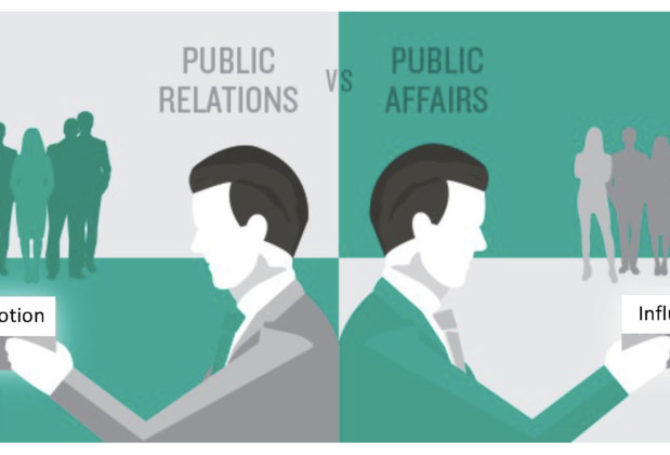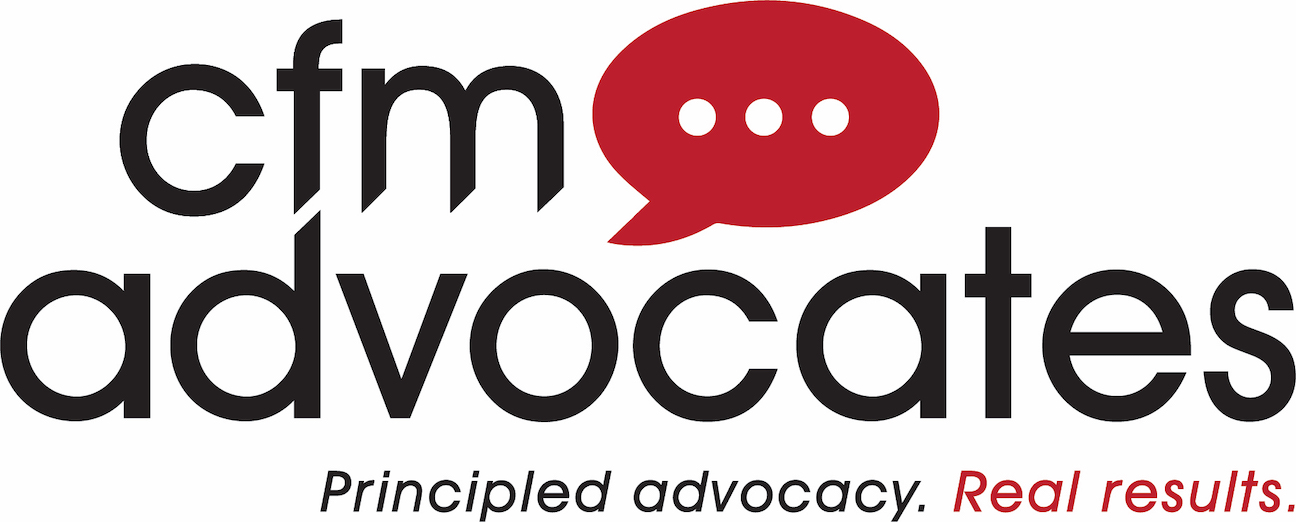
Public affairs is often conflated with public relations. Both involve strategic communications and engaging audiences, but public affairs also involves interacting with government officials and influencing public policy.
Public relations specialists typically graduate from schools of journalism and communications. Public affairs practitioners are more likely to have degrees in political science, economics or the law.
The stars in both professions are the ones who keep learning and adapting without sacrificing their integrity.
PR professionals help organizations market products and consumers gain awareness of new offerings. Public affairs practitioners manage issues by dealing with angry neighbors, advocating for major projects and influencing public policy.
PR professionals tend to work their way up the ranks in PR agencies or as journalists. Public affairs professionals earn their stripes through trial-by-fire as congressional or legislative aides, political campaign workers or elected officeholders. There are some professionals with credentials in both PR and public affairs.
One is not better than the other. Often PR and public affairs professionals work side by side, combining their related, but different skill sets and backgrounds. Many firms have dedicated PR and public affairs teams that collaborate when needed.
Corporate, nonprofit and public agencies employ both PR and public affairs professionals, either separately or as a team in a single firm, depending on their challenge. The US Chamber of Commerce usefully describes some of the similarities and differences:
- Both professions cultivate journalistic contacts and seek relationships with media outlets.
- Both should display mastery of the use of language and visual communication.
- Both must be competent in the use of social media and blogging.
- Both should be sensitive to current trends in communication and social behavior.
- Both should be capable of writing press releases, fact sheets and speeches.
- PR professionals should be adept at branding and executing PR campaigns, usually for commercial purposes.
- Public affairs professionals should be skilled at positioning issues and have experience working with elected officials and regulators, with the goal of influencing public policy at local, state or federal levels.
- Public affairs professionals should be able to translate emerging trends into refined advocacy and socially responsible strategies.

Organizations and individuals facing a challenge should understand the similarities and differences between PR and public affairs shops. Crisis situations are a good example. Crisis response requires communication skills with the news media. A crisis also can require a more nuanced approach that engages affected communities, informs employees and responds to government regulators. The right firm for the job may need to know more than how to write a press statement and talk to a reporter.
In the PR world, mastery of skills that constantly evolve is essential. Twenty years ago, video production was done by video firms. Now, most graduates from journalism school know how to produce video content, which earns more clicks on digital platforms.
In the public affairs realm, experience is king. Knowing how – and how not – to work an issue is invaluable. That can mean knowing who to call, what to say and when to say it. Experience, not a textbook, yields that kind of knowledge.
What sets apart PR and public affairs professionals is dedication to their craft. In a changing world, with technology innovations, evolving media and a constantly new cast of characters, the stars in both professions are the ones who keep learning and adapting without sacrificing their integrity.




